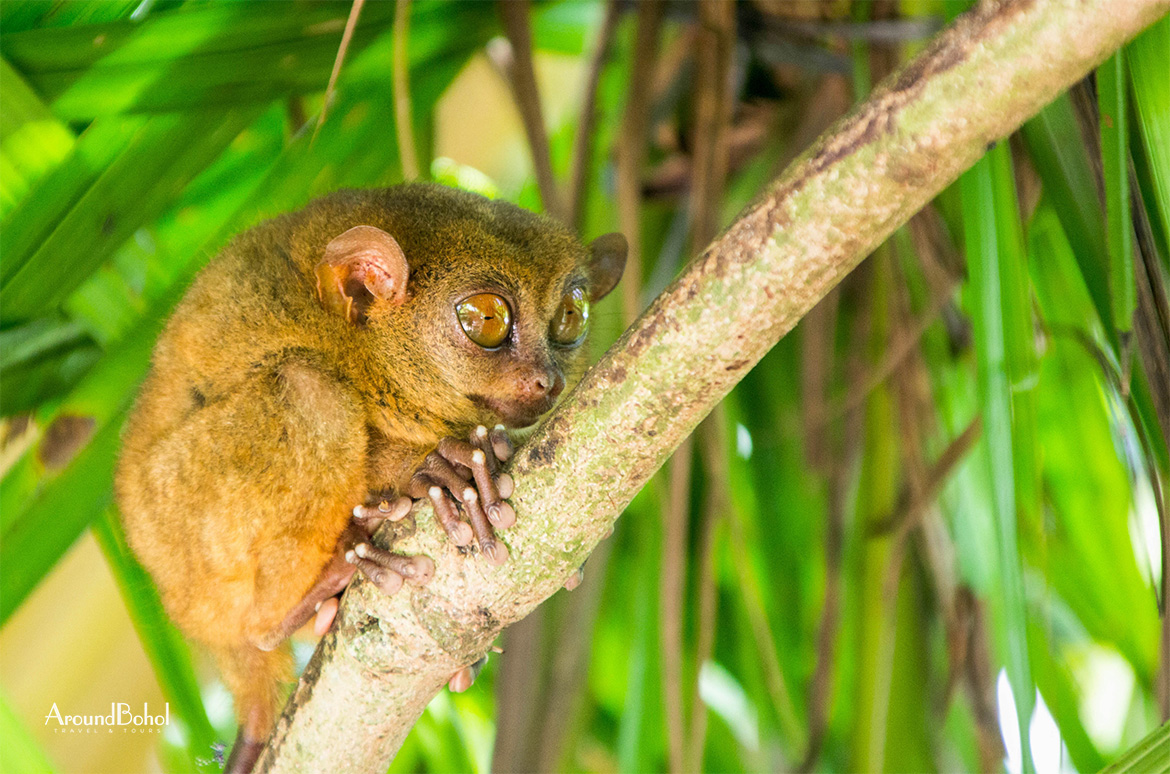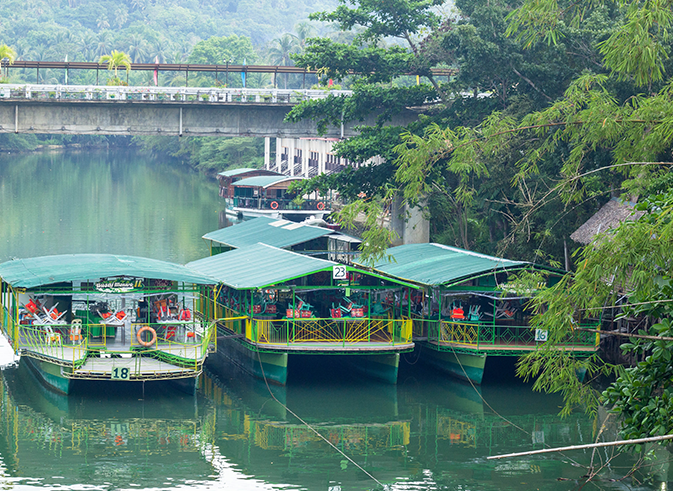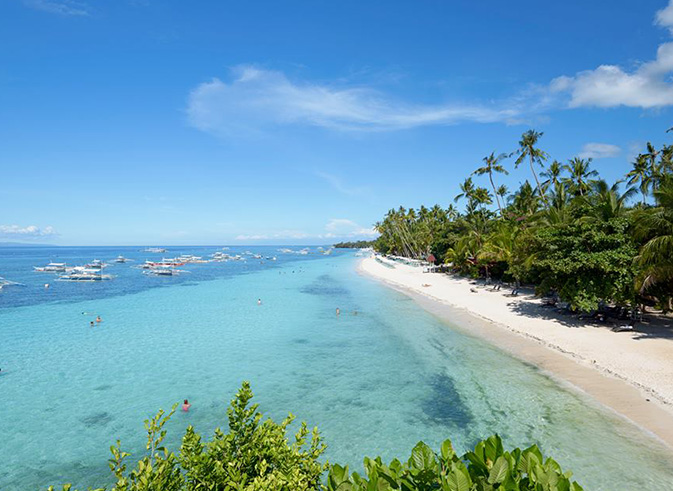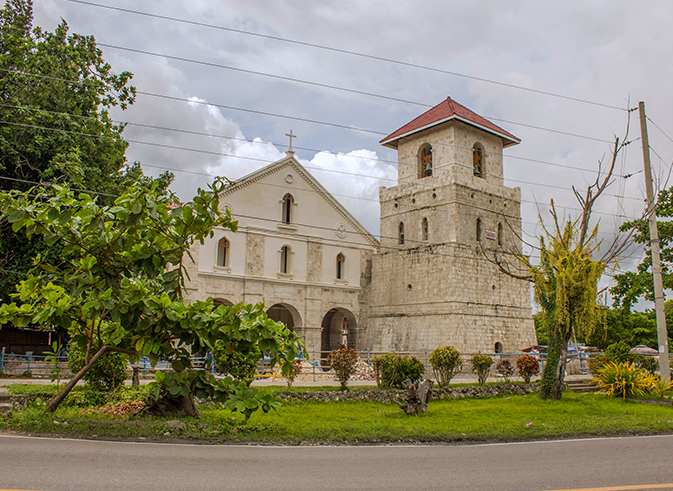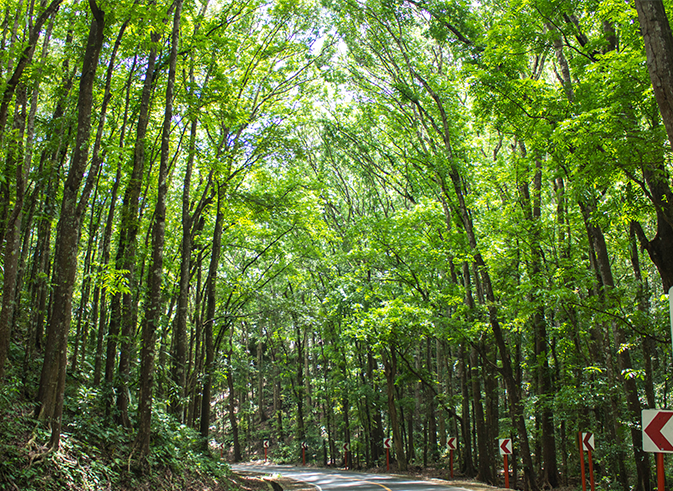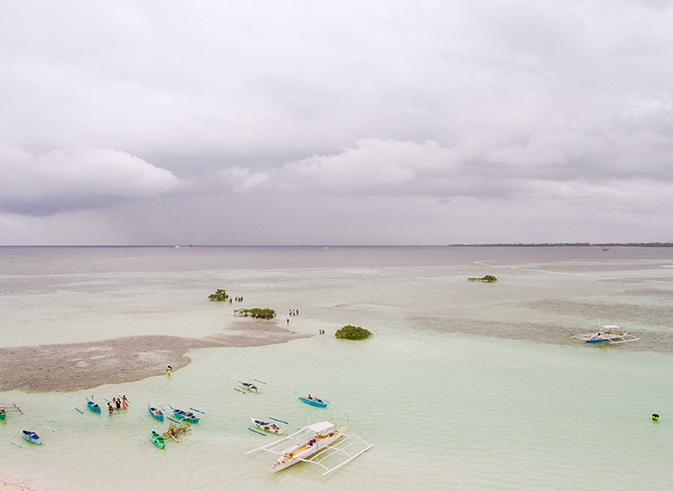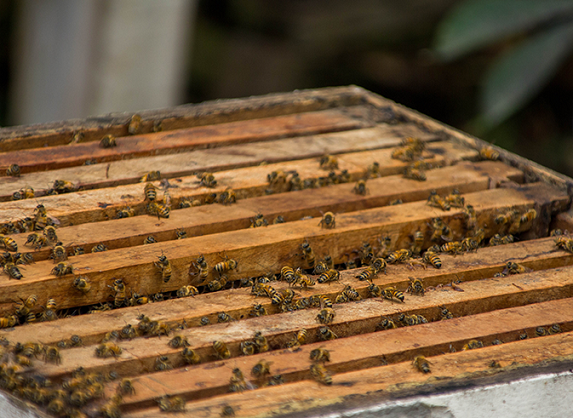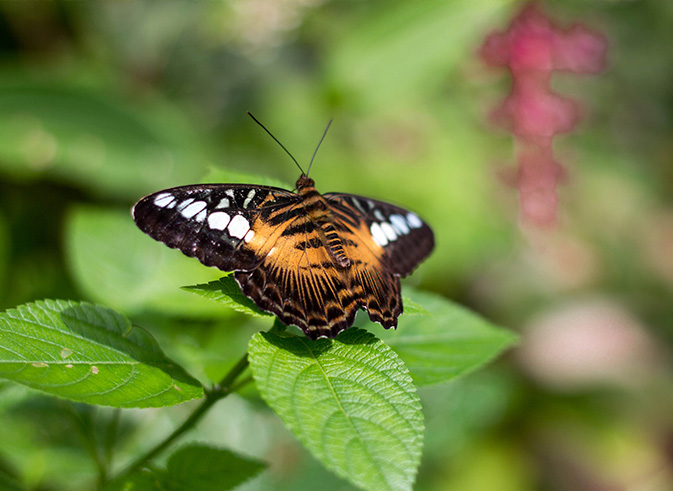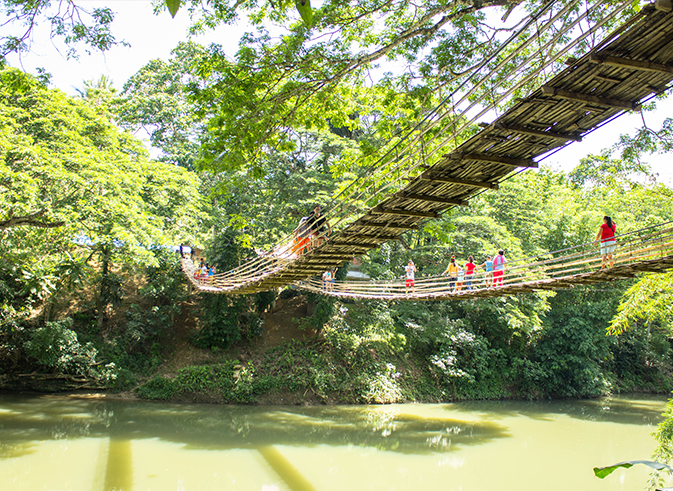Tarsier
Bohol, PhilippinesThe province of Bohol has an outstanding world of wonders to offer and impress its visitors. The island is branded as a tropical haven of natural beauty as gentle coves, and white sand beaches skim its coastline. It has since become one of the famous tourist destinations because of its historical and natural wonders, but […]
The province of Bohol has an outstanding world of wonders to offer and impress its visitors. The island is branded as a tropical haven of natural beauty as gentle coves, and white sand beaches skim its coastline. It has since become one of the famous tourist destinations because of its historical and natural wonders, but it seems the presence of Tarsiers in the area has made more and more people want to come and see these creatures!
The Philippine Tarsier
The Philippine Tarsier, locally known as “Mamag” in Luzon or “Mawmag” in Visayans/Cebuano, is a typical tourist attraction icon of Bohol. Tarsier is one of the world’s oldest and smallest primate, and it is believed that it belong to the family of primates called Tarsiidae that existed over 45 million years ago. The species found in Bohol is a very magnificent and peculiar small animal, which makes it difficult to be spotted. It measures about four to five inches in height and weighs about 113 to 142 grams. As we all know, most primates are active during the day, but this creature is mostly active during the dark/night feeding on insects.
What makes Tarsier attractive to Watch
Physically, the average adult tarsier is no larger than adult men’s fist. One of the reasons why people would want to come and see them is because of their large mesmerizing eyes. The bony eye sockets of these animals are indeed bigger than its stomach or brain case. This makes it the only mammal in the world with the largest eye-to-body size proportion. The huge eyes give it an excellent night vision, and it explains why it is active during the evening. Strangely, Tarsier’s eyes are fixed into the skull and can’t turn into their sockets. So, how can it move its eyes? Unbelievably, it has an excellent adaptation in the neck that allows its round-shaped head to be rotated through an angle of 180 degrees. Besides the big eyes, Tarsiers have large membranous ears that are constantly in motion, which allows them to hear vividly any motion.
The Future of Tarsiers in Bohol
In Philippine, Tarsiers are endangered species, if no action is taken, then they might not survive. Despite the fact that they are preserved and protected species and that the local routine of catching and then selling them (often as stuffed tarsiers) to tourists has stopped, these unique primates are still facing the threat of forest destruction. Fortunately, the government of Bohol is doing great work in ensuring that the species are protected for the current and the future generation.
Tips When Visiting the Tarsier
If you’re planning to travel to Philippine, and Bohol in particular, then Tarsiers are some the animals that will make your trip and visit enjoyable. The big eyes of Tarsiers will definitely make wonder if such creatures can exist in the earth. Please take note that you are not supposed to touch them. Besides that, it is not advisable to flash some light on them (perhaps it can interfere at their big eyes) and therefore, when capturing images ensure to turn off the flash of your camera.
Our Recommendations
Loboc River and Floating Restaurant
Loay Interior Road, Loboc, Bohol
Alona Beach
Bohol, Philippines
Baclayon Church
Bohol, Philippines
Bilar Man-Made Forest
Bohol, Philippines
Virgin Island
Bohol, Island
Bohol Bee Farm
Bohol, Philippines
Butterfly Sanctuary
Bohol Philippines
Hanging Bridge
Bohol, Philippines

